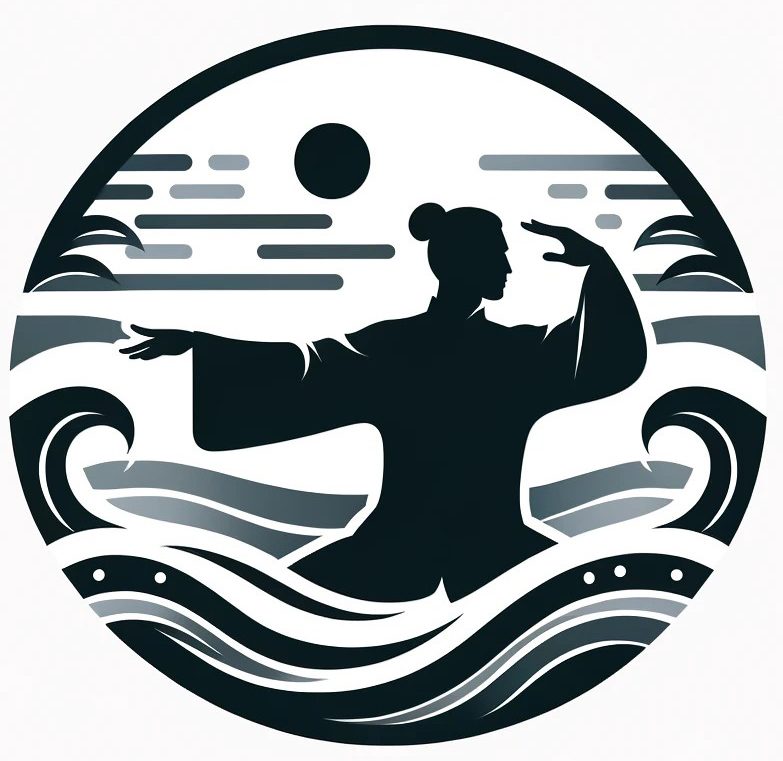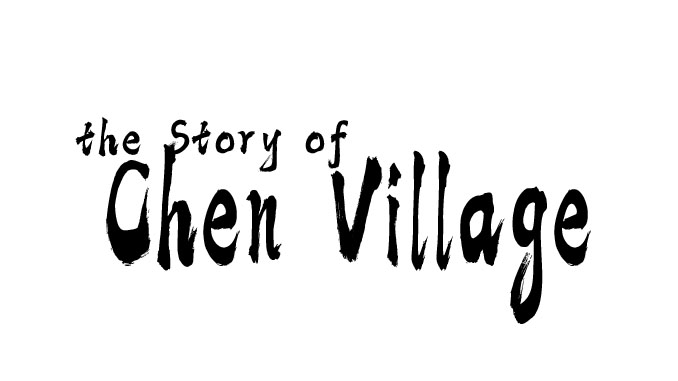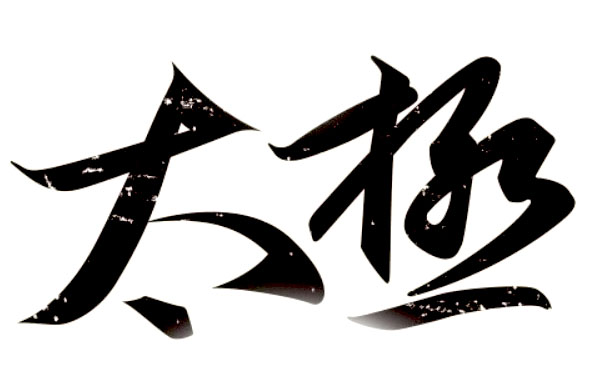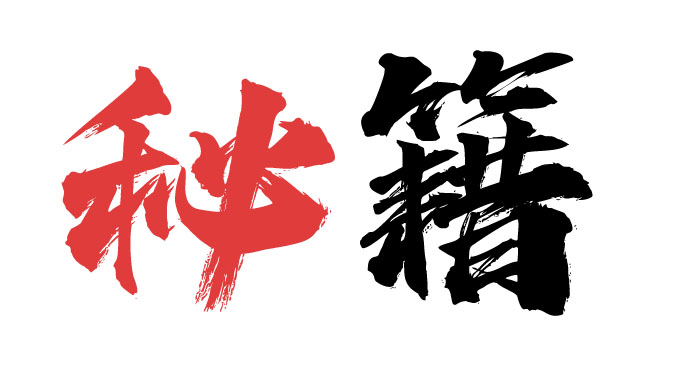The Story of Chen Jia gou 7-8
And with a pointed finger, he broke the rabbit's leg and threw the rabbit to the ground. Then, with a triumphant posture, he looked at Wangting. Wangting, witnessing this situation, was also greatly surprised. He thought to himself that it's no wonder Li Jiyu entrusted this person with the responsibility of patrolling the mountain. He stared at Jiang Fa for a moment and asked, "That day, when I went up the mountain, was it you?" Jiang Fa replied, "Indeed, it was me."




